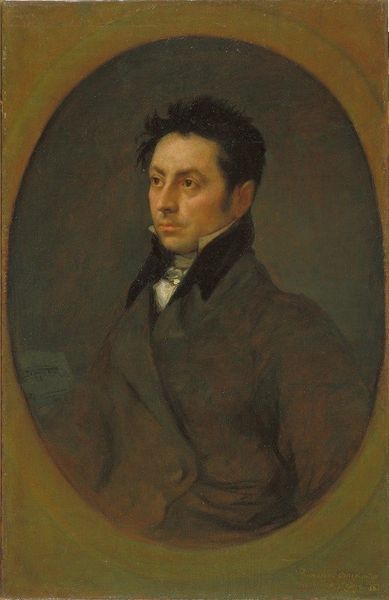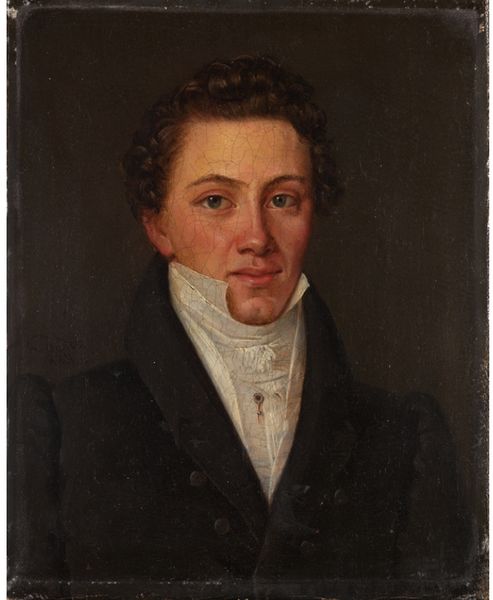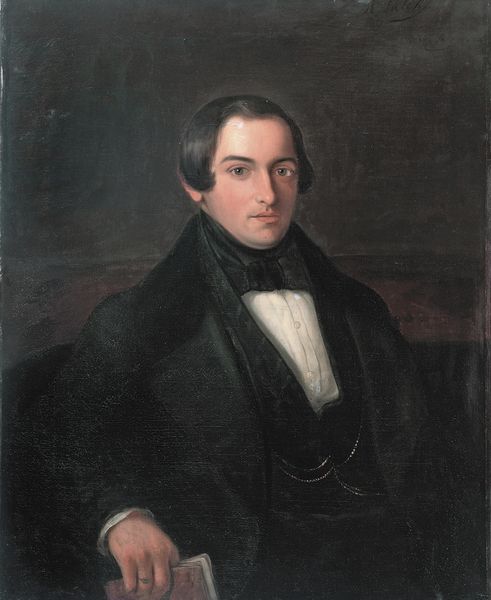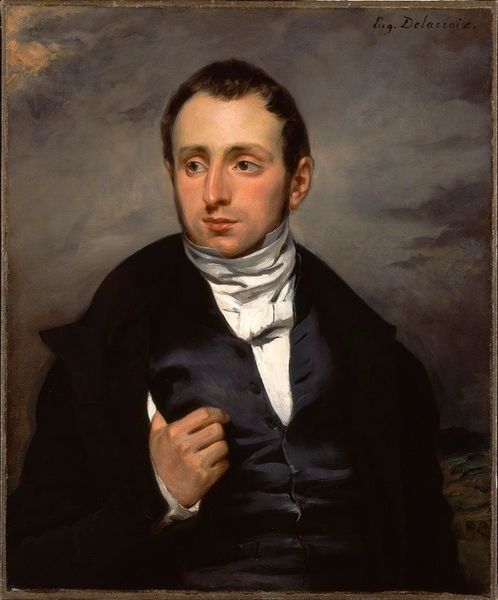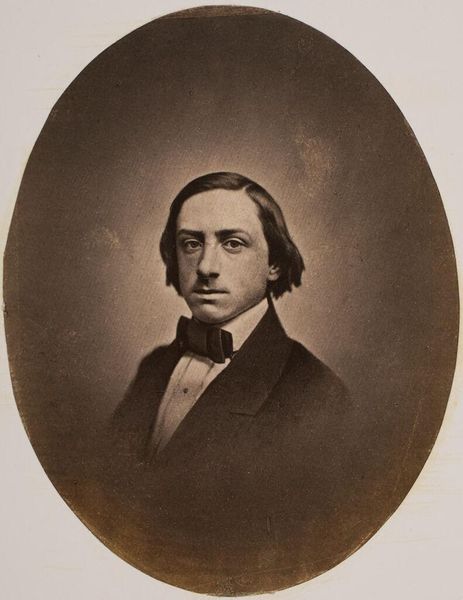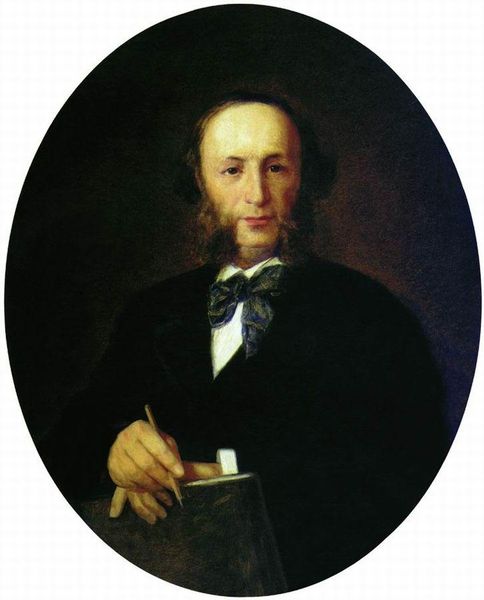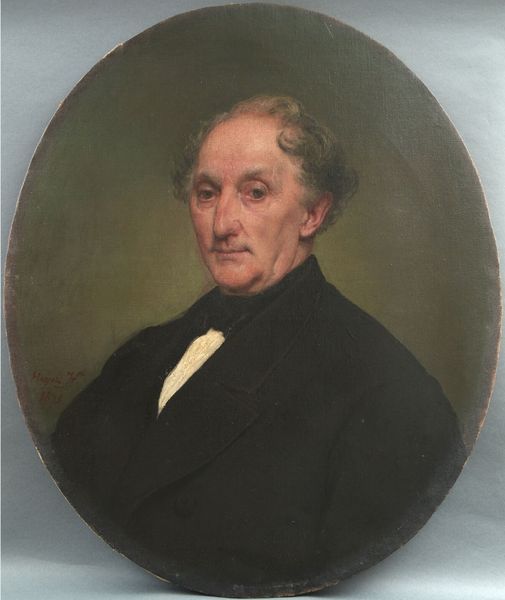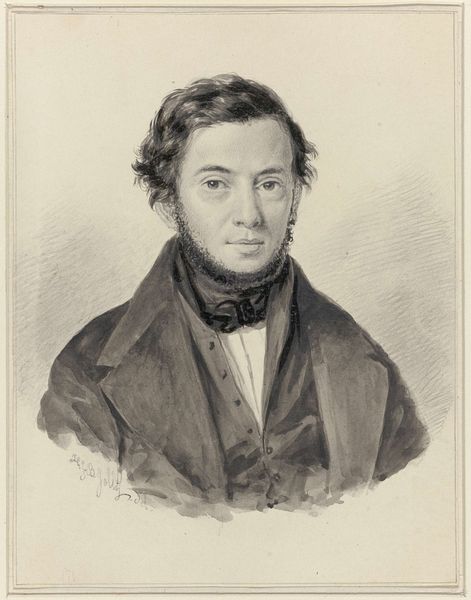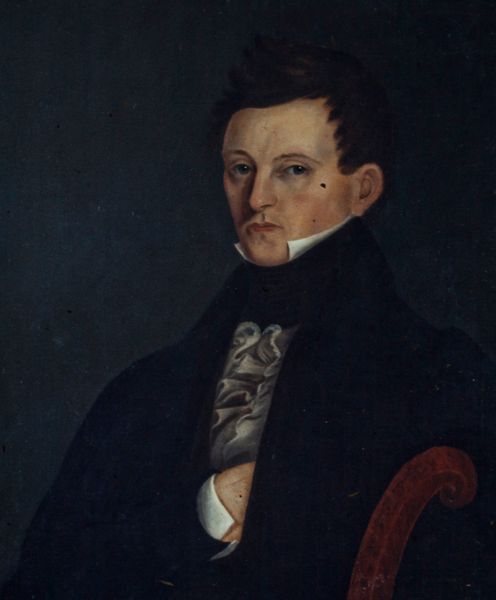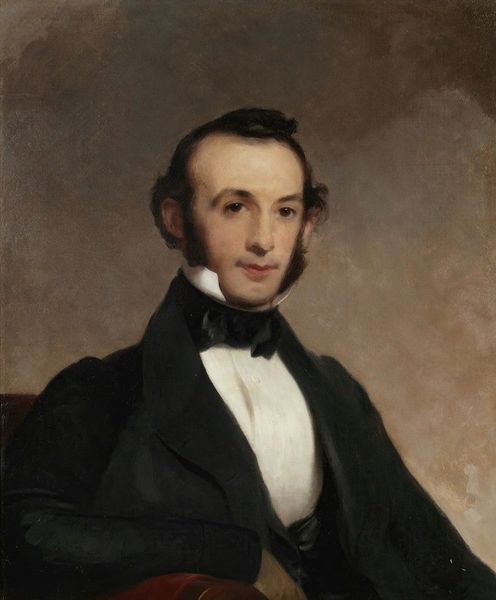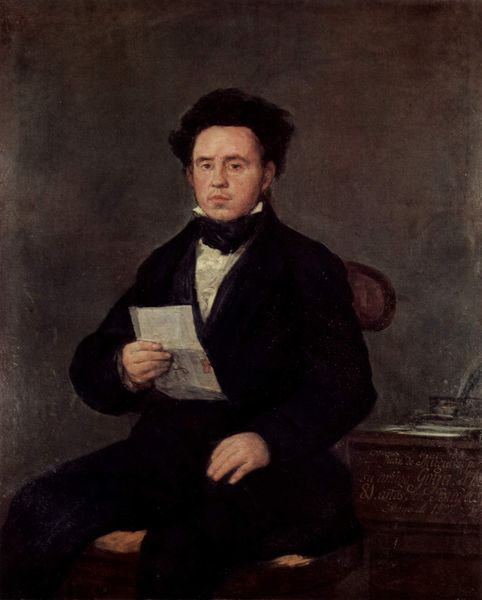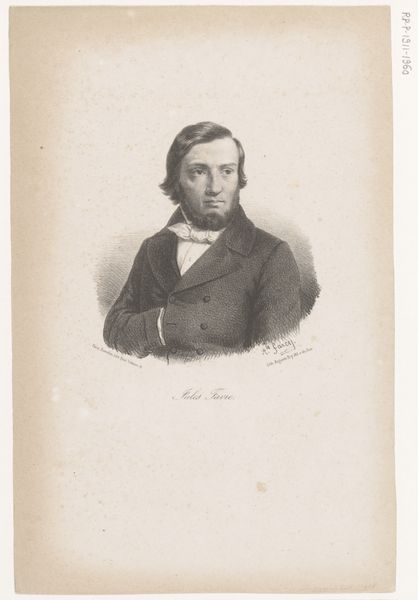
painting, oil-paint
#
portrait
#
portrait
#
painting
#
oil-paint
#
romanticism
#
academic-art
Copyright: Public Domain: Artvee
Editor: This is an oil painting called "Portrait of a Man with Side-Whiskers" by Henryk Siemiradzki. There isn't a date for the work, but stylistically it feels like it's pulling from both Romanticism and Academic art. He looks kind of tired, almost melancholic. How do you interpret this portrait? Curator: It's fascinating to consider how Siemiradzki, celebrated for his grand historical canvases, also engaged with portraiture. These were, in many ways, exercises in portraying specific social identities. Who do you think this man was, given his dress and bearing? What does the setting, or lack thereof, tell us? Editor: He definitely looks like someone of status. The formal wear, even without a specific backdrop, feels intentional, doesn't it? It's communicating something beyond just his physical appearance. Curator: Exactly. This is where understanding the cultural landscape is crucial. Consider the rise of the bourgeoisie in the 19th century. Portraits became a way for this class to assert their presence and solidify their social standing. The ‘side-whiskers,’ as you called them, were fashionable amongst intellectuals and professionals. Is he merely a likeness, or an ideological statement about the sitter's place in society? Editor: So, beyond just being a representation of a person, it’s almost acting as a document of its time, a reflection of societal values being asserted. Curator: Precisely! And think about where this portrait might have been displayed – perhaps in a domestic space, a parlor – reinforcing the family’s status and values to visitors. Editor: I didn't consider it being almost a prop in real-world interactions. It really shows how deeply connected art is to the world outside of the canvas. Thank you for offering me new insights on it. Curator: My pleasure. These portraits are fascinating precisely because they illuminate the intersection of artistic skill and social aspiration.
Comments
No comments
Be the first to comment and join the conversation on the ultimate creative platform.
